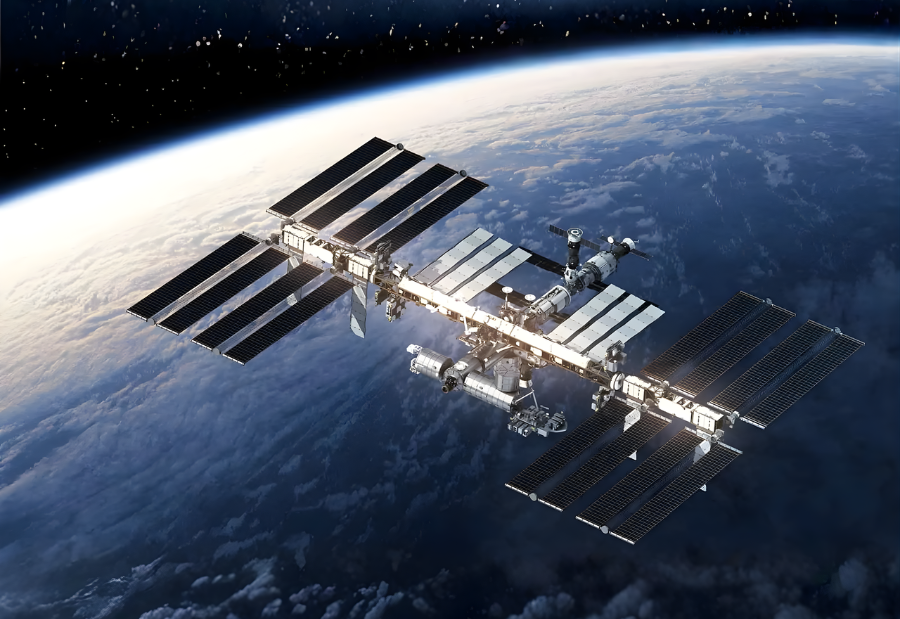For nearly 25 years, humans have lived continuously in low-Earth orbit aboard the International Space Station. Since November 2000, there has always been at least one American in space, a remarkable streak soon to reach a quarter of a century.
The ISS represents one of humanity’s greatest achievements in space cooperation, bringing together the United States, Europe, Canada, Japan and Russia. Yet, all good things come to an end. In 2030, the station will be deliberately deorbited into a remote area of the Pacific Ocean.
An aerospace engineer with over 30 years in spaceflight and 17 years at NASA shared, “It will be hard for me to see the ISS come to an end.”
Since the first modules launched in 1998, the ISS has hosted over 4,000 experiments across fields like materials science, biotechnology, astronomy, Earth science and combustion. Research conducted inside and outside the station has led to more than 4,400 scientific publications. These studies have helped improve cancer-fighting drug processes, grow artificial retinas, advance DNA sequencing in orbit, refine optical fibers and increase understanding of thunderstorms.
The unique environment of spaceflight, with its low gravity, vacuum, temperature extremes and radiation, has proven invaluable for scientific discovery.
NASA and its international partners, however, are not leaving low-Earth orbit behind. They are supporting the development of commercial space stations to continue research and maintain a human presence in orbit. Since 2021, NASA has invested over US$400 million to encourage privately owned space stations, following successful partnerships with companies for crew and cargo transport.
In 2025, NASA called for Phase 2 proposals to demonstrate stations that can host four people in orbit for at least 30 days. Selected companies will undergo design reviews and certification to meet NASA’s safety standards. Once approved, NASA will buy missions and services from these commercial stations.
Meanwhile, Chinese astronauts continue to live on the Tiangong space station, currently occupied for about four years. If the ISS streak ends, Tiangong will hold the record for the longest continuous human presence in orbit.
For now, enjoy the sight of the ISS passing overhead. Its brilliant blue-white light moving gracefully across the night sky is a testament to human ingenuity and collaboration.
Also read: Viksit Workforce for a Viksit Bharat
Do Follow: The Mainstream formerly known as CIO News LinkedIn Account | The Mainstream formerly known as CIO News Facebook | The Mainstream formerly known as CIO News Youtube | The Mainstream formerly known as CIO News Twitter |The Mainstream formerly known as CIO News Whatsapp Channel | The Mainstream formerly known as CIO News Instagram
About us:
The Mainstream formerly known as CIO News is a premier platform dedicated to delivering latest news, updates, and insights from the tech industry. With its strong foundation of intellectual property and thought leadership, the platform is well-positioned to stay ahead of the curve and lead conversations about how technology shapes our world. From its early days as CIO News to its rebranding as The Mainstream on November 28, 2024, it has been expanding its global reach, targeting key markets in the Middle East & Africa, ASEAN, the USA, and the UK. The Mainstream is a vision to put technology at the center of every conversation, inspiring professionals and organizations to embrace the future of tech.




